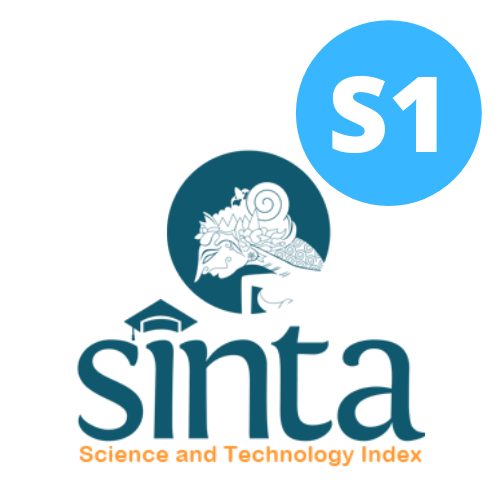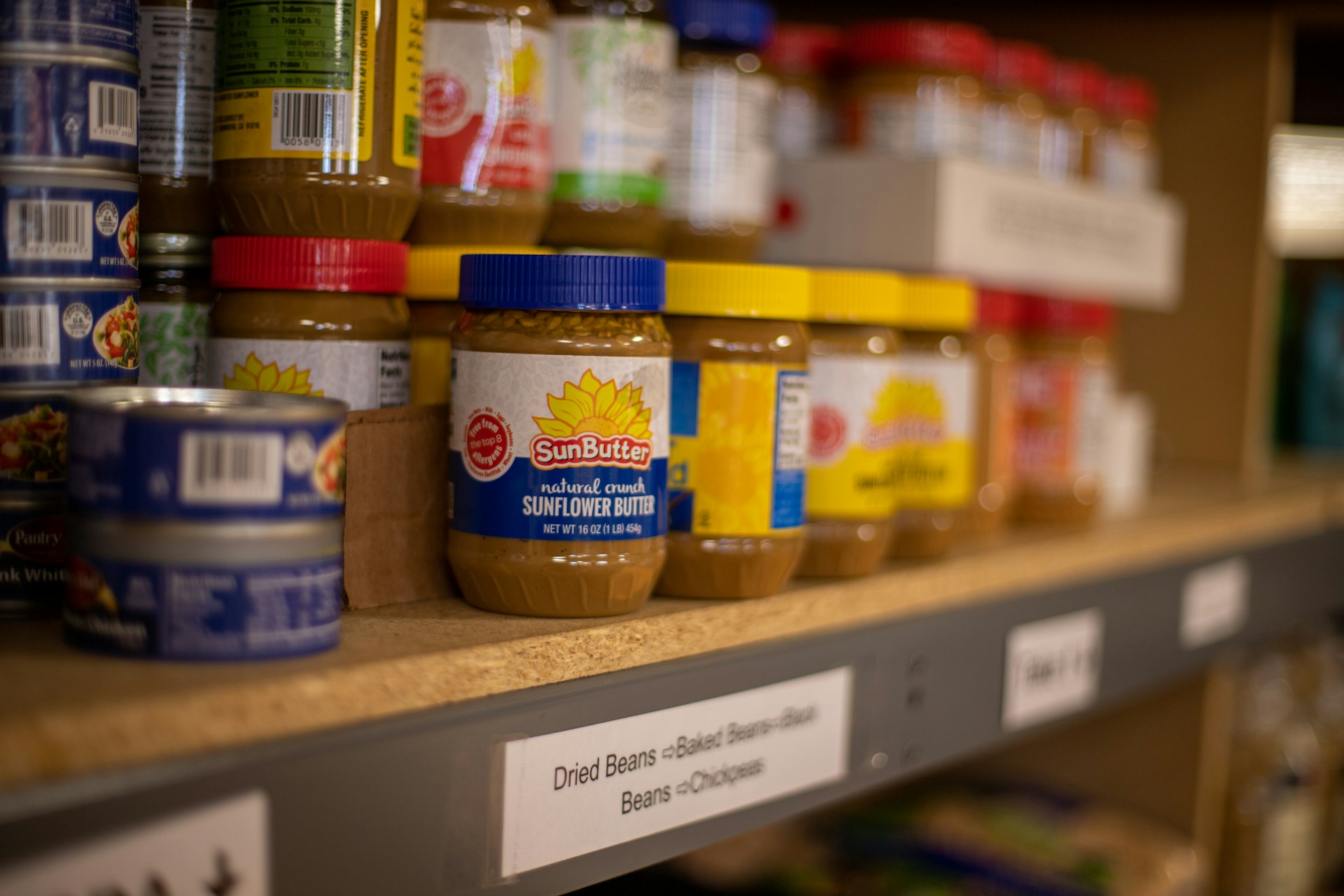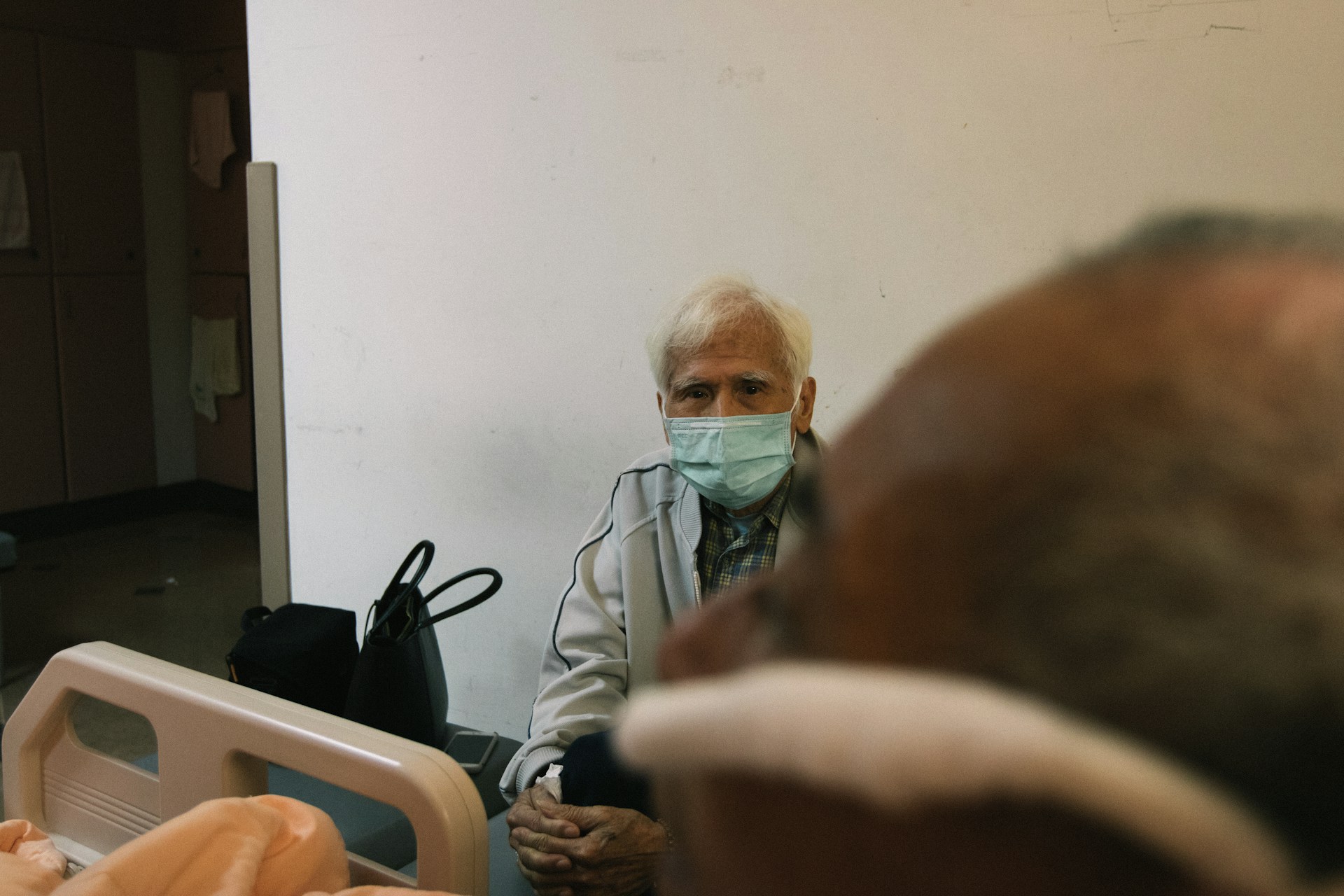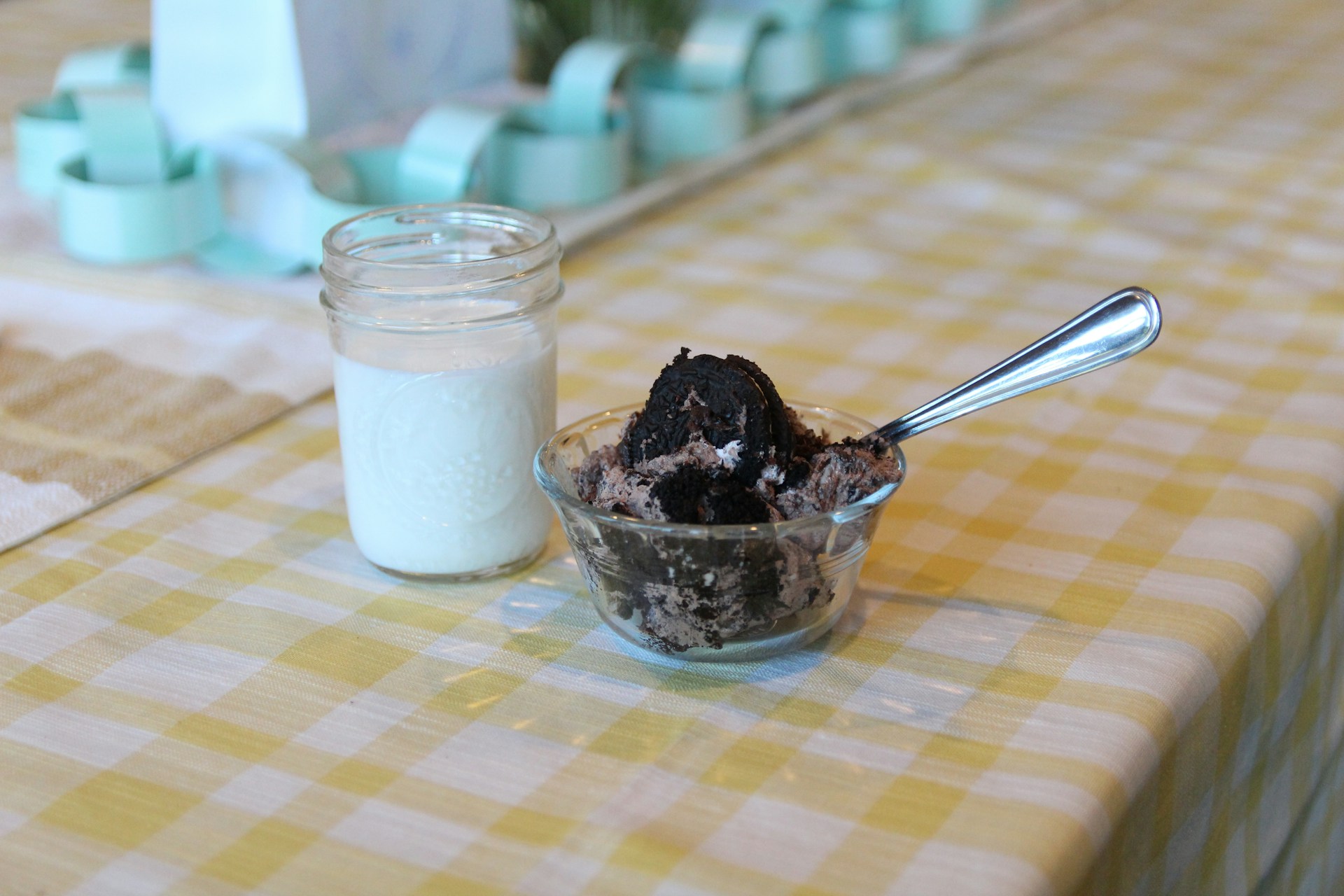Knowledge and Perceptions of Housewives on the Use of Iodized Salt: A Cross-Sectional Study in Tampaksiring
Pengetahuan dan Persepsi Ibu Rumah Tangga dengan Penggunaan Garam Beryodium: Studi Cross-sectional di Tampaksiring

Downloads
Background: Iodine is an essential nutrient for the human body”lack of iodine in the body results in iodine deficiency disorders, which can cause various health problems. In Bali, Indonesia, 58% of the people use less iodized salt. The working area of Tampaksiring I Public Health Center alone has low iodized salt coverage of 44.9% of the target of 85% in 2019.
Objectives: This study aimed to determine the correlation of knowledge and perceptions of housewives with the use of iodized salt at the Tampaksiring I Public Health Center.
Methods: This cross-sectional study was conducted in April 2021, with 111 subjects obtained from calculations using accidental sampling. Meanwhile, the Chi-Square test was used in the analysis.
Results: Of all research subjects, 59.5% of housewives are in the ‘good' category for the knowledge of iodized salt; 51.4% have a good perception of iodized salt, and 70.3% have used iodized salt. Based on the analysis, no association is found between knowledge and use of iodized salt. However, this study reveals a relationship between perception and the use of iodized salt.
Conclusions: Most housewives already have good knowledge and perception about iodized salt. Knowledge does not correlate with the use of iodized salt, while perception is related to the use of iodized salt. This is due to various factors such as habits, environmental factors, and the availability of iodized salt in the community.
Abdelrahman, A., Salih, L. & Saeed, E. Knowledge, attitude, and practice of iodized salt use in Al-Riyadh and Al-Ozozab areas, Khartoum, Sudan. Sudan. J. Paediatr. 20, 26–33 (2020).
Kuay, L. K. et al. Pregnant Women Are Iodine Deficient While School-Aged Children Demonstrate Adequate Iodine Status in Sarawak , Malaysia. 42, 406–413 (2021).
Wang, F. et al. Iodine Status of Taiwanese Population in 2013 : 10 Years After Changing From Mandatory to Voluntary Salt Iodization. 39, 75–85 (2018).
Izzeldin, H. S., Crawford, M. A. & Jooste, P. L. Population living in the Red Sea State of Sudan may need urgent intervention to correct the excess dietary iodine intake. Nutr. Health. 18, 333–341 (2007).
Pearce, E. N. Iodine deficiency disorders and their elimination. Iodine Defic. Disord. their Elimin. 1–158 (2017). doi:10.1007/978-3-319-49505-7.
Knowles, J. M. et al. Household coverage with adequately iodized salt varies greatly between countries and by residence type and socioeconomic status within countries: Results from 10 national coverage surveys. J. Nutr. 147, 1004S-1014S (2017).
Wulandari, K. N. P. & Sutiari, N. K. Pengetahuan Mengenai Garam Beryodium Pada Ibu Rumah Tangga Di Wilayah Kerja Puskesmas Tampaksiring I. Arch. Community Heal. 8, 514 (2022).
Habib, M. A. et al. Impact of knowledge, attitude, and practice on iodized salt consumption at the household level in selected coastal regions of Bangladesh. Heliyon 7, e06747 (2021).
Masyarakat, D. G. Hasil Pemantauan Status Gizi (PSG) TAHUN 2017. (2018).
Kemenkes RI. Rencana Aksi Kegiatan Direktorat Gizi Kesehatan Masyarakat Tahun 2020-2025. (2020).
Gianyar, D. K. K. Laporan Gizi 2019. (2019).
Karmakar, N., Datta, A., Nag, K., Sekhar, S. & Datta, S. Knowledge, attitude, and practice regarding household consumption of iodized salt among rural women of Tripura, India: A mixed methods study. J. Educ. Health Promot. 8, 1–9 (2019).
Gusti Ayu Made Prawini, N. K. E. Gambaran Pengetahuan, Sikap Dan Perilaku Ibu Rumah Tangga Terhadap Garam Beryodium Di Desa Lodtunduh Wilayah Kerja UPT Kesehatan Masyarakat Ubud I Tahun 2013. Community Health (Bristol). I, 122–130 (2013).
Martha, V. S. Gambaran Perilaku Ibu Rumah Tangga Dalam Penggunaan Garam Beriodium Di Desa Bangun I Kecamatan Parbuluan Kabupaten Dairi Tahun 2014. (Universitas Sumatera Utara, 2015).
Novi Yanti. Gambaran Perilaku Dan Persepsi Ibu Rumah Tangga Terhadap Konsumsi Garam Beryodium Di Wilayah Kerja Puskesmas Toroh 1 Kabupaten Grobogan Pada Tahun 2014. Unnes Journal of Public Health. 4, (Universitas Negeri Semarang, 2015).
Akbar, H. et al. Muntoi Kecamatan Passi Barat Mothers' Knowledge Related To The Use Of Iodized Salt At The Household Level In Muntoi Village, West Passi District. 11, 389–393 (2021).
Hartriyanti, Y. et al. Hubungan Antara Pengetahuan Ibu Tentang Yodium Dengan Ketersediaan Garam Beryodium Di Rumah Tangga. Media Gizi Mikro Indones. 13, (2021).
Badan Pusat Statistik Gianyar. Gianyar Dalam Angka. (2019).
Damanik, Y. S. Hubungan Pengetahuan Dan Sikap Ibu Rumah Tangga Dengan Penggunaan Garam Beryodium. J. Penelit. Kesmasy 1, 54–57 (2019).
Sutiah, Nita, G. & Woro, O. Faktor Yang Berhubungan Dengan Penggunaan Garam Beryodium Tingkat Rumah Tangga. J. Heal. Educ. 2, 179–184 (2017).
Tasnim. Persepsi Masyarakat Tentang Vaksin COVID-19 di Wilayah Provinsi Sulawesi Tenggara. (2021).
Rini, Hesti Mustiko. et al. Faktor – Faktor Yang Mempengaruhi Tingkat Konsumsi Garam Beryodium Pada Ibu Rumah Tangga Di Desa Gembong Kecamatan Gembong Kabupaten Pati. Journal Kedokteran Diponegoro. Volume 6, Nomor 2, (2017).
Chahyanto, Bibi A., et al. Penggunaan Garam Beriodium Tingkat Rumah Tangga di Kecamatan Sibolga Utara, Kota Sibolga. Media Penelitian dan Pengembangan Kesehatan. 27, 125-132 (2017).
Copyright (c) 2023 Amerta Nutrition

This work is licensed under a Creative Commons Attribution-ShareAlike 4.0 International License.
AMERTA NUTR by Unair is licensed under a Creative Commons Attribution-ShareAlike 4.0 International License.
1. The journal allows the author to hold the copyright of the article without restrictions.
2. The journal allows the author(s) to retain publishing rights without restrictions
3. The legal formal aspect of journal publication accessibility refers to Creative Commons Attribution Share-Alike (CC BY-SA).
4. The Creative Commons Attribution Share-Alike (CC BY-SA) license allows re-distribution and re-use of a licensed work on the conditions that the creator is appropriately credited and that any derivative work is made available under "the same, similar or a compatible license”. Other than the conditions mentioned above, the editorial board is not responsible for copyright violation.












































